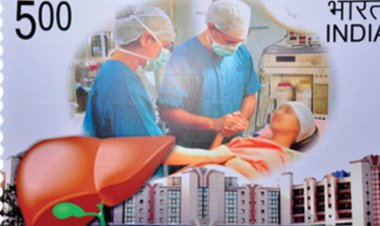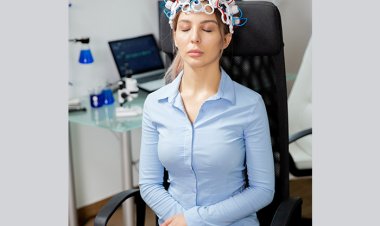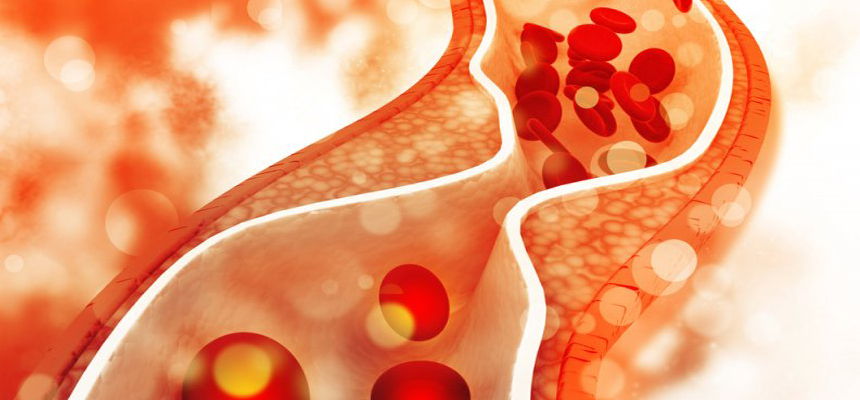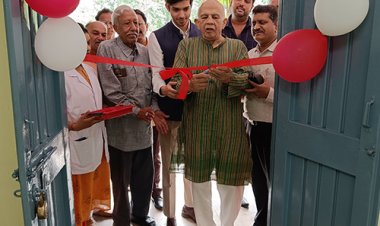SPINAL PROBLEMS COULD BE GENETIC
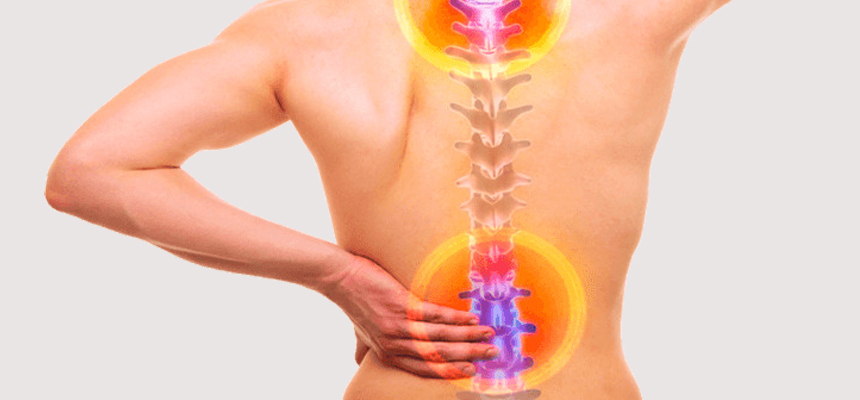
Did you know the Egyptian mummies also showed signs of spine issues? Dr. Subbaiah Goli, a spine surgeon at Star Hospital, throws some light on spine problems and various causes that lead to a problematic spine.
 How old is the spine issue?
How old is the spine issue?
The spine problem has existed forever. In fact, there are records of Egyptian mummies showing signs of having suffered with spine issues. The only difference now is that we have modern diagnostic facilities that help in detecting these spine problems, which was not there in the past. Because of the advent of technology, the problem gets diagnosed frequently, making the spine issue seem like a modern-day problem.
What causes spine problems?
There are different causes, the most common one being degenerative. In simple terms it means the wear out process. There is a wear out process that happens throughout the body. Similarly, the wear out happens in the spine as well. It is mostly seen in the lower back, which is followed by a problem in the neck and also mid back. This is one of the most common spine problems.
The second common issue is lower back pain or neck pain, which is attributed to the lifestyle of the patient. Those with obesity issues are prone to this problem. Smokers are also prone to lower back pain and neck pain. People who do not exercise regularly or eat a lot of junk food on a regular basis are expected to contract it. Also those who live a sedentary lifestyle or have a desk job could suffer from back pain or neck pain. Prolong sitting is a serious bane.
Has gender any role to play in causing spine problems?
Yes, to some extent. While certain spine problems are common in women, some are mostly seen in men. For example, the problem of Osteoporosis. It is nothing but loss of calcium from the bone, and is more commonly seen in women than in men. After menopause there are some hormonal disturbances in the body, and women lose calcium,causingOsteoporosis, wherein the bone becomes soft and brittle, to the extent that even a jerk in the bus can make you crack the bone.
The other common risk is Scoliosis. The normal spine is straight. If it curves towards one side, it is called Scoliosis,which is common in women. The ratio is something like nine to one. Then there is disc problem which is slightly higher in men.
While spinal problemsare common to all, certain spine conditions are more prevalent in men and certain women.
Have genes anything to do with how the spine functions or rather what problems the spine contracts?
Yes. In certain conditions. Disc problem is increasingly prevalent these days. Disc is a soft cushion like structure between the two bones. A lot of patients complain of the disc problem. For a very long time the cause was not known, and there is ambiguity even now. But in the recent days, research says there could a genetic association to it.
Also, curving of spine to one side, which is termed Scoliosis, is to some extentlinked to genes.
So, yes, spine issues could be hereditary.
For Appointment : Dr. G.P.V. Subbaiah / Consultant Spine Surgeon

 Disclaimer: Welthi.com does not guarantee any specific results as a result of the procedures mentioned here, and the results may vary from person to person.
Disclaimer: Welthi.com does not guarantee any specific results as a result of the procedures mentioned here, and the results may vary from person to person.

